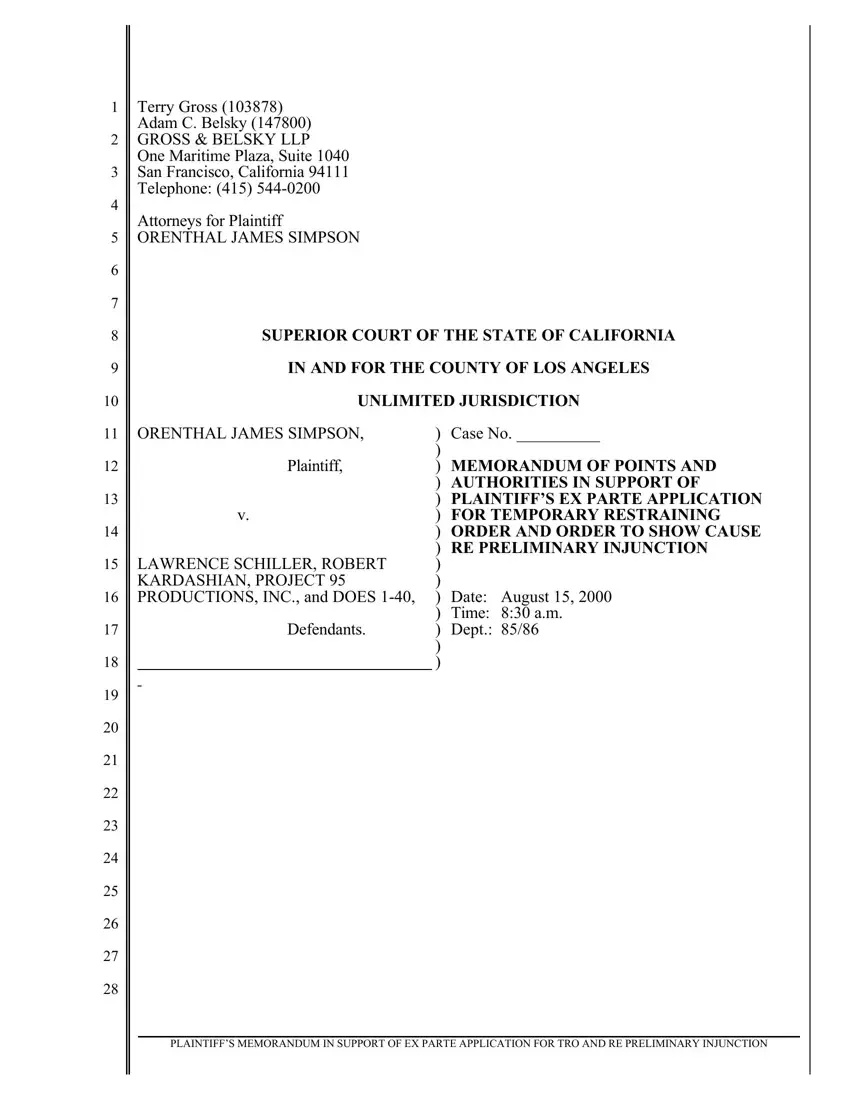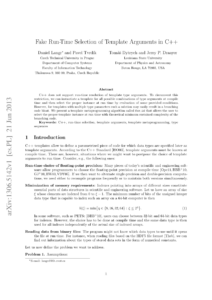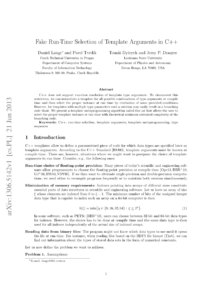An MPA template can be a valuable tool for attorneys, as it can help to ensure that all of the necessary elements are included in the document and that it is properly formatted. There are many different MPA templates available online and in legal software programs.

The main benefit of using an MPA template is that it can save time and effort. By providing a starting point for drafting the document, an MPA template can help attorneys to avoid having to recreate the same basic structure and content each time they need to file an MPA.
In addition, using an MPA template can help to ensure that the document is consistent with the court’s rules and requirements. By using a template that has been approved by the court, attorneys can be confident that their MPA will be accepted and considered by the judge.
Overall, using a memorandum of points and authorities template can be a valuable tool for attorneys. By saving time and effort and ensuring that the document is consistent with the court’s rules and requirements, an MPA template can help attorneys to present their arguments in the most effective way possible.
Key Components of Memorandum of Points and Authorities Template
A memorandum of points and authorities (MPA) is a legal document that presents legal arguments and evidence to support a party’s position in a court case. It is typically filed in conjunction with a motion or other request for relief from the court.
An MPA template can be a valuable tool for attorneys, as it can help to ensure that all of the necessary elements are included in the document and that it is properly formatted. The following are some of the key components of an MPA template:
1. Caption
The caption of an MPA should include the name of the court, the case name, and the case number. It should also include the title of the document, such as “Memorandum of Points and Authorities in Support of Motion to Dismiss.”
2. Introduction
The introduction of an MPA should provide a brief overview of the case and the issues that are being raised. It should also state the party’s position on the issues and the relief that is being requested from the court.
3. Statement of Facts
The statement of facts should provide a concise summary of the relevant facts of the case. It should be supported by citations to the evidence in the record.
4. Argument
The argument section of an MPA is where the party presents its legal arguments in support of its position. The arguments should be supported by citations to legal authorities, such as statutes, cases, and treatises.
5. Conclusion
The conclusion of an MPA should summarize the party’s arguments and request the relief that is being sought from the court.
How to Create a Memorandum of Points and Authorities Template
A memorandum of points and authorities (MPA) is a legal document that presents legal arguments and evidence to support a party’s position in a court case. It is typically filed in conjunction with a motion or other request for relief from the court.
An MPA template can be a valuable tool for attorneys, as it can help to ensure that all of the necessary elements are included in the document and that it is properly formatted. The following are the steps on how to create an MPA template:
1: Choose a Template
There are many different MPA templates available online and in legal software programs. It is important to choose a template that is appropriate for the type of case and the court in which it will be filed.
2: Fill in the Caption
The caption of an MPA should include the name of the court, the case name, and the case number. It should also include the title of the document, such as “Memorandum of Points and Authorities in Support of Motion to Dismiss.”
3: Write the Introduction
The introduction of an MPA should provide a brief overview of the case and the issues that are being raised. It should also state the party’s position on the issues and the relief that is being requested from the court.
4: State the Facts
The statement of facts should provide a concise summary of the relevant facts of the case. It should be supported by citations to the evidence in the record.
5: Present the Arguments
The argument section of an MPA is where the party presents its legal arguments in support of its position. The arguments should be supported by citations to legal authorities, such as statutes, cases, and treatises.
6: Write the Conclusion
The conclusion of an MPA should summarize the party’s arguments and request the relief that is being sought from the court.
Summary
An MPA template can be a valuable tool for attorneys. By following the steps outlined above, attorneys can create an MPA that is well-organized, persuasive, and compliant with the court’s rules.
A memorandum of points and authorities (MPA) is a legal document that presents legal arguments and evidence to support a party’s position in a court case. It is typically filed in conjunction with a motion or other request for relief from the court. An MPA template can be a valuable tool for attorneys, as it can help to ensure that all of the necessary elements are included in the document and that it is properly formatted.
This article has explored the definition, purpose, and benefits of using an MPA template. It has also provided a step-by-step guide on how to create an MPA template. By following the steps outlined in this article, attorneys can create an MPA that is well-organized, persuasive, and compliant with the court’s rules.

